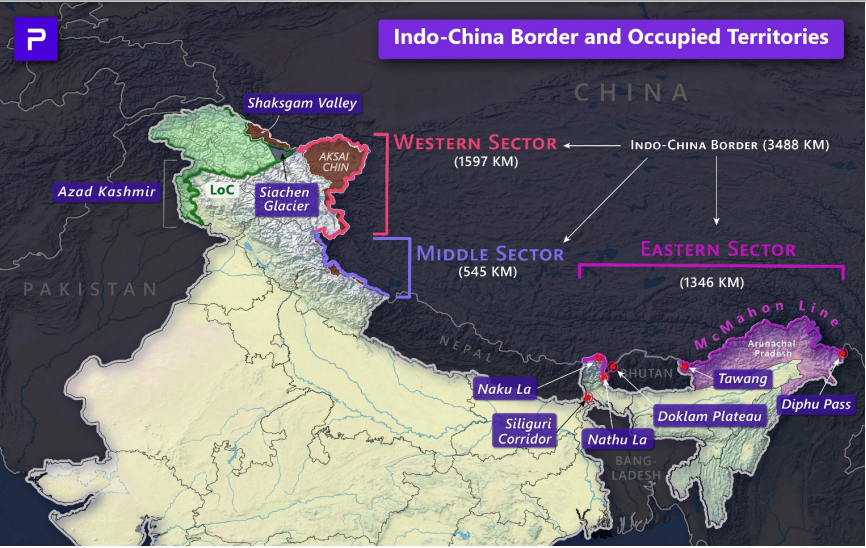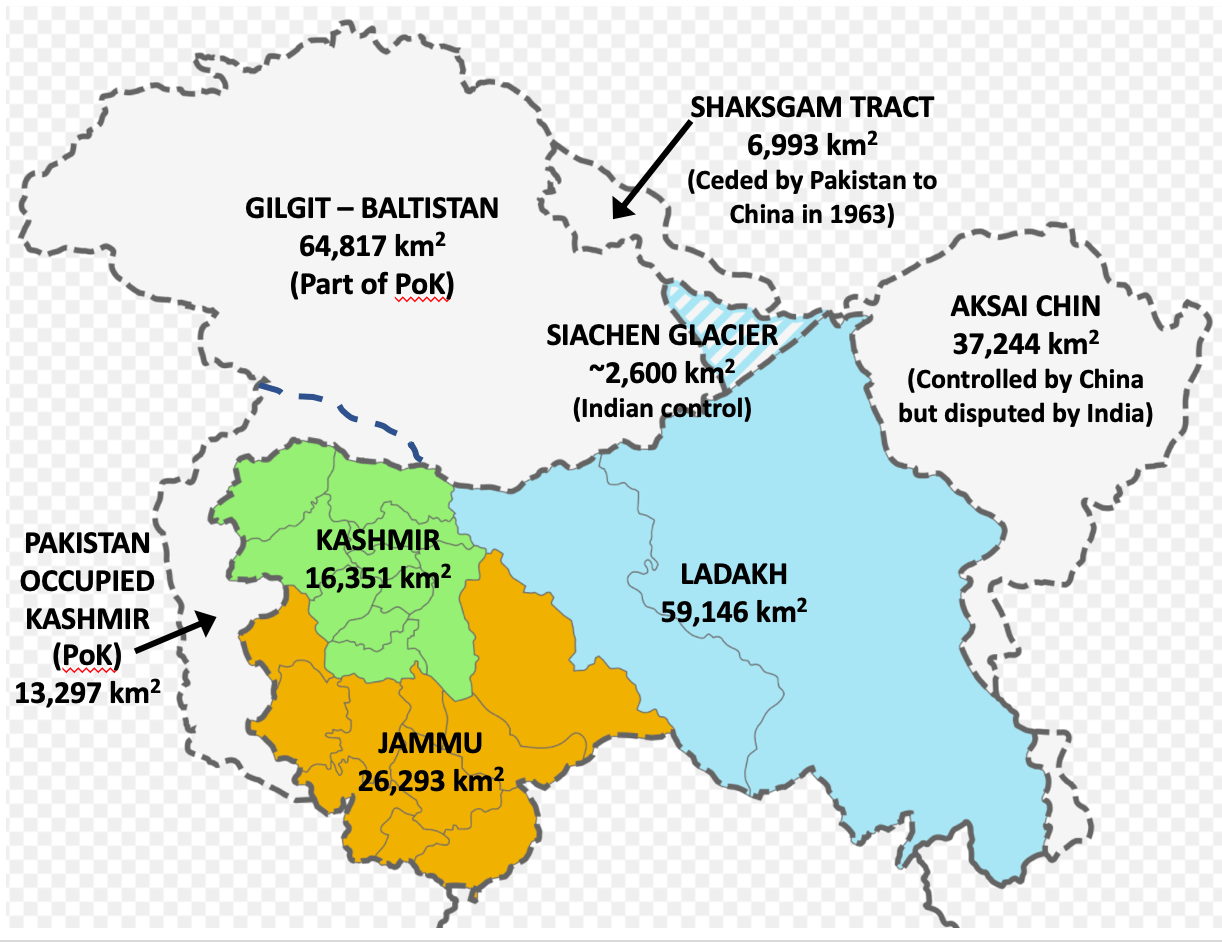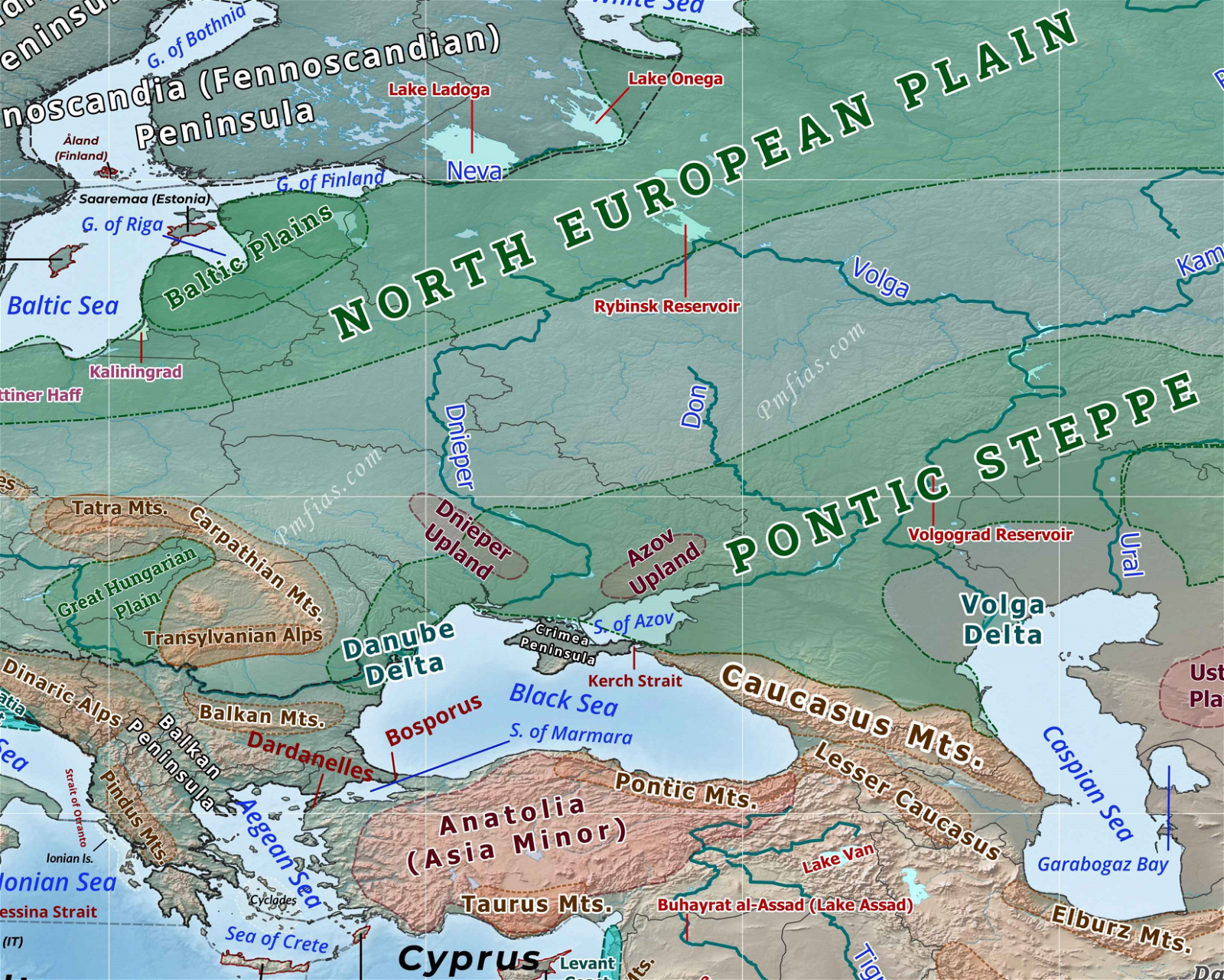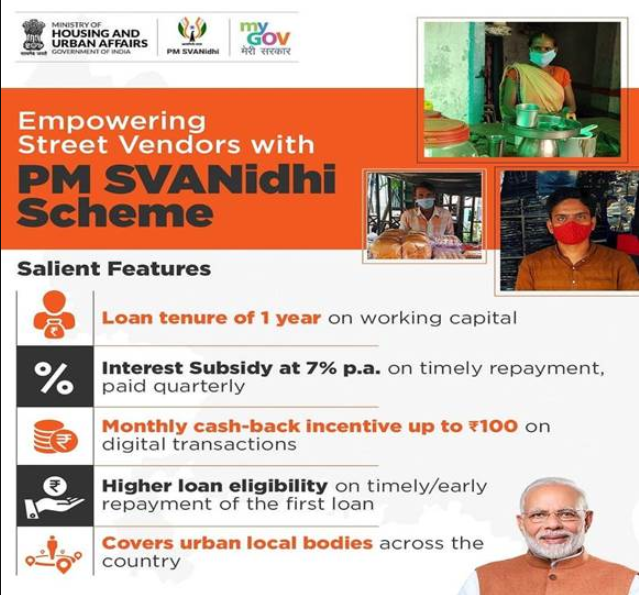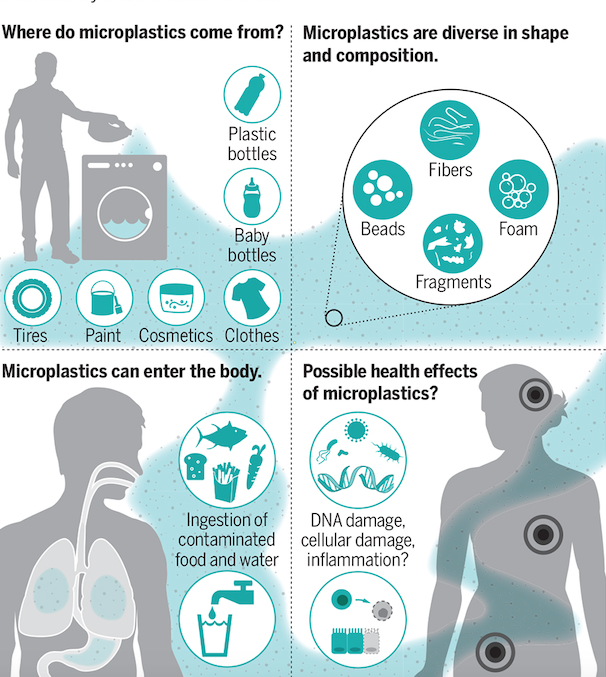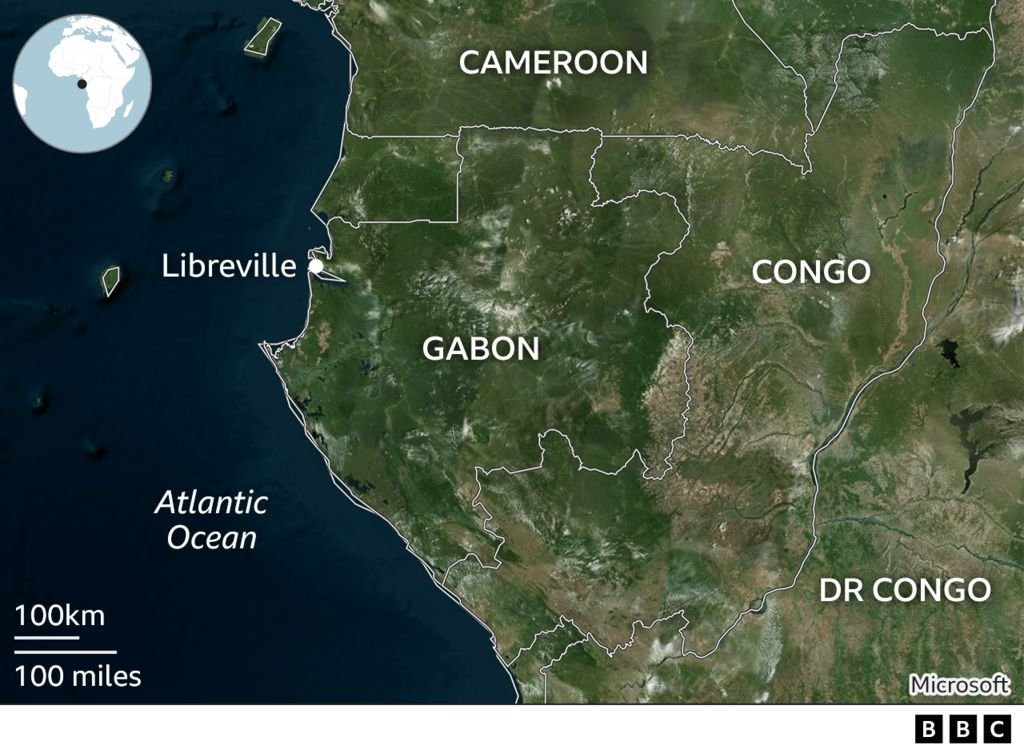
Current Affairs for UPSC Civil Services Exam – April 28-29, 2024
Subscribers of "Current Affairs" course can Download Daily Current Affairs in PDF/DOC
Subscribe to Never Miss an Important Update! Assured Discounts on New Products!
Must Join PMF IAS Telegram Channel & PMF IAS History Telegram Channel
{GS2 – Governance – Welfare} Redistribution of Privately Owned Property
- Context (IE): The SC’s nine-judge bench has begun interpreting Article 39(b) of the IC.
- It will decide whether this directive principle of state policy (DPSP) allows the GoI to redistribute privately owned properties as “material resources of the community“.
- In the present general elections, the Inheritance Tax has also become a significant part of the poll agenda.
To know more, visit > Inheritance tax
Article 39(b) of the IC
- It falls under Part IV of the IC titled DPSP.
- It places an obligation on the state to create a policy that secures the ownership and control of the community’s material resources, which are distributed to best serve the common good.
Judicial views on “Material Resources of the Community” under Article 39(b)
State of Karnataka v Shri Ranganatha Reddy (1977)
- Majority Opinion: Private properties do not fall within the scope of “material resources of the community” under Article 39(b).
- Minority Opinion by Justice Krishna Iyer: Stated that private properties should be considered community resources, aiming to facilitate redistribution in a socialist manner.
Sanjeev Coke Manufacturing Company v Bharat Coking Coal (1983)
- Court Ruling: The court confirmed the government’s right to nationalise coal mines by treating them as community resources under Article 39(b), aligning with Justice Iyer’s interpretation.
- Judicial View: Extended the application of Article 39(b) to include the transformation of private property into public ownership.
Assam Sillimanite Ltd. v. Union of India (1992)
- Nationalisation of private enterprises or undertakings and services by the states is eligible to be covered within the scope of material resources.
Mafatlal Industries Ltd v Union of India (1996)
- Opinion by Justice Paripoornan: Supported the broad interpretation of “material resources” in Article 39(b) to encompass both natural and artificial, movable or immovable property and all private and public sources of meeting material needs, and not merely confined to public possessions.
Twenty-fifth Amendment of the IC and Article 39(b)
- The Twenty-fifth Amendment of the IC curtailed the fundamental right to property.
- It permitted the government to acquire private property for public use in exchange for compensation, which Parliament would determine and not the courts.
- The amendment also exempted any law giving effect to article 39(b) and (c) of DPSP from judicial review, even if it violated the Fundamental Rights.
- The part of the amendment that prevented judicial review of any law that gives effect to Directive Principles was declared unconstitutional.
{GS2 – IR – China} Growing trade deficit with China
- Context (TH): China’s share of India’s industrial goods imports has risen from 21% to 30% over 15 years, according to a report by the Global Trade Research Initiative (GTRI).
- GTRI defined industrial goods by excluding agriculture, minerals, petroleum and jewellery products.
- India’s imports from China crossed $101 billion in 2023-24 from about $70 billion in 2018-19.
- Goods imports from China have risen 2.3 times faster than India’s total imports over 15 years.
- China is the top supplier in eight major industrial sectors, including machinery, chemicals, pharmaceuticals, and textiles.
- It is contrary to popular perception that Chinese imports are high only in the electronics sector.
China’s share in India’s imports
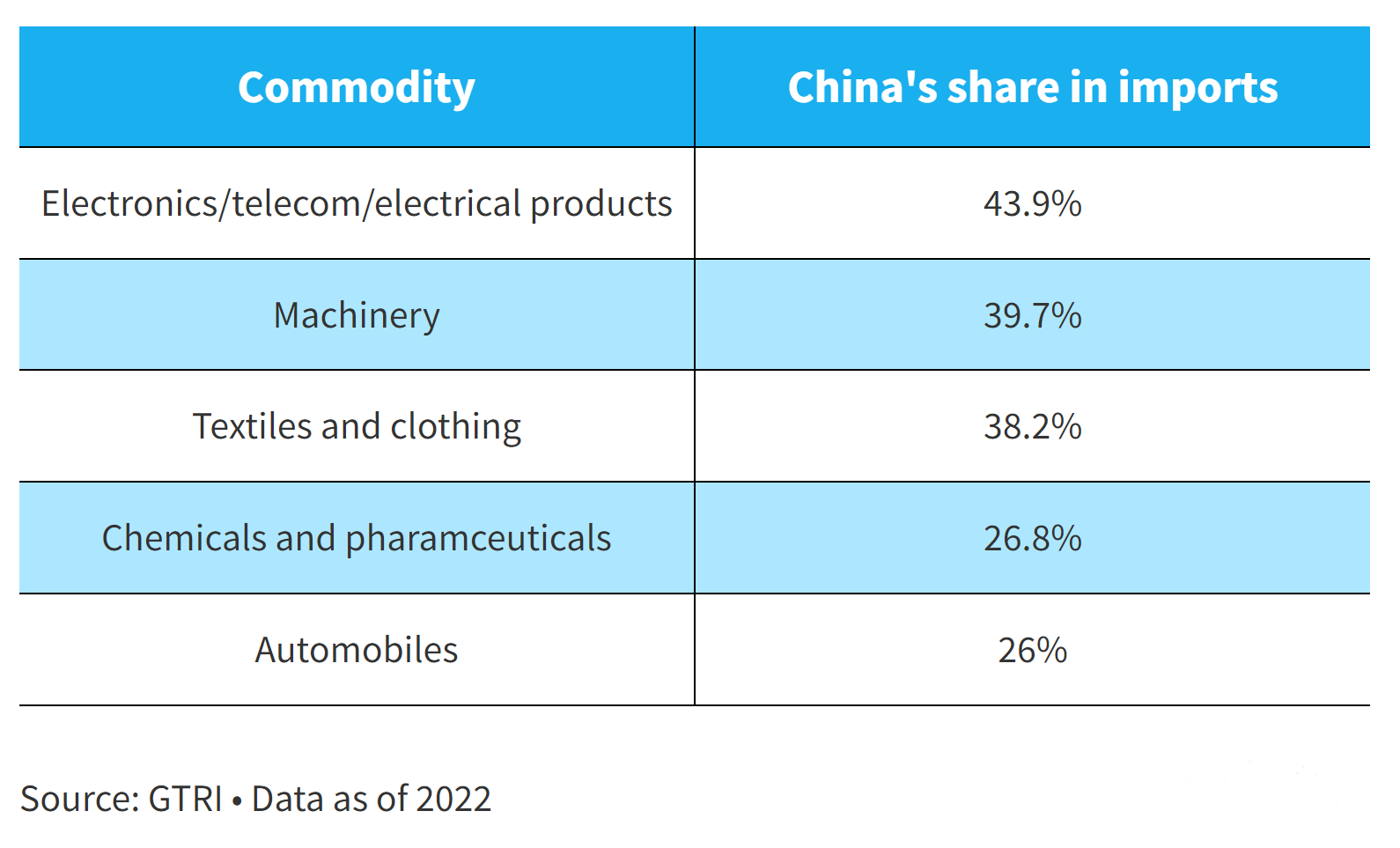
- India’s total merchandise imports stood at $677.2 billion in 2023-24, of which 15%, or $101.8 billion, were sourced from China.
- Iron, steel, and base metal imports showed a lower dependence on China, with just a 17.6% share of inflows coming from the neighbouring nation.
- Half of the imports from China consist of capital goods and machinery, indicating a critical need for focused research and development in this area.
- Intermediate goods like organic chemicals, Active Pharmaceutical Ingredients, and plastics, which represent 37% of imports, show a pressing need for upgrading these industries.
- In 2005, India exported $10 billion worth of goods to China and enjoyed a trade surplus with its neighbour between 2003 and 2005.
- After 2005, Chinese goods dominated trade flows, steadily magnifying the trade deficit for India.
Reasons behind the trade deficit
- A narrow basket of commodities, mostly primary, that India exports to China.
- Market access impediments for most Indian agricultural products and the competitive sectors, such as pharmaceuticals, IT/ITES, etc.
- The domestic industry, especially in the pharmaceutical sector, opposes the removal of concessions on customs duties from China. The solar energy and toy industries also opposed similar moves.
- Even the Production-Linked Incentive (PLI) scheme may have a significant Chinese presence with Chinese supply chain partners and service providers.
Strategic Implications
- Implications are ‘profound’ and affect not only economic but national security dimensions.
- Stimulating domestic industries and reducing dependency on single-country imports, especially from a geopolitical competitor like China, is necessary.
- Impact on geoeconomics: The use of economic instruments to promote and defend national interests and to produce beneficial geopolitical results by China can not be ruled out.
- Weaponisation of economy: The German think tank Mercator Institute for China Studies identified around 130 cases of coercive behaviour by China from 2010 to June 2023.
- For example, last year, China suspended imports of Japanese seafood following the release of treated wastewater from the Fukushima nuclear power plant.
{GS2 – Polity – Bodies – Statutory} National Human Rights Commission (NHRC)
- Context (TH): NHRC will defend its “A status” at the Global Alliance of National Human Rights Institutions (GANHRI) meeting in Geneva.
- It will be carried out as part of the five-year peer review for each member.
Concerns raised in NHRC’s accreditation
- Since being accredited in 1999, India has retained its “A ranking” in 2006 and 2011, while its status was deferred in 2016 and restored after a year.
- NHRC’s ratings were put on hold in 2023 with the objection that the NHRC has failed to create conditions required to be “able to operate independent of government interference”.
- In India, police officers’ involvement in the investigative process was seen as a “conflict of interest.”
- Lack of “pluralism” and “gender representation” was also cited.
- The lack of representation of India’s largest minority is also objected to.
- Civil society has pointed out that most members are politically affiliated with the ruling party.
- NHRC’s rating would affect its ability to vote at the UN Human Rights Council.
India’s counter-argument
- NHRC has defended that it has a female member as well as a minority member.
- India also cited the “undue influence” of international civil society organisations that have been critical of India since 2014.
- It also reacted sharply to the U.S. State Department’s latest global report, which spoke of “significant” human rights concerns in India.
Global Alliance of National Human Rights Institutions (GANHRI)
- It is a UN-recognised human rights alliance of National Human Rights Institutions (NHRIs).
- The Paris Principles were drafted in 1991 at the UN International Workshop on National Institutions for the Promotion and Protection of Human Rights.
- The second international workshop (1993) of NHRIs in Tunis, Tunisia led to the formation of GANHRI.
- It was previously known as the International Coordinating Committee of Institutions for the Promotion and Protection of Human Rights (ICC).
- Currently, it has 120 members, of whom 88 have “A” status accreditation and 32 have “B” status.
National Human Rights Commission (NHRC)
- It was constituted under the Protection of Human Rights Act (PHRA), 1993, which was later amended by the Protection of Human Rights Act (PHRA) 2006.
- Section 2(1)(d) of the PHRA act defines Human Rights as those relating to life, liberty, equality, and dignity of the individual guaranteed by the Constitution or embodied in the International Covenants and enforceable by courts in India.
- PHRA complies with the Paris Principles (1991).
- The act lays down qualifications for the appointments in the Commission.
Composition, Appointment and tenure
- Chairperson must be a former Chief Justice of India or a Supreme Court judge.
- Ex-officio members: Chairpersons of National Commission for Scheduled Castes, National Commission for Scheduled Tribes, National Commission for Minorities, National Commission for Women, National Commission for Backward Classes, National Commission for Protection of Child Rights and Chief Commissioner for Persons with Disabilities.
- Apart from these, it has five full-time members.
- The appointment is made by the President based on the recommendations of a six-member committee.
- Six-member selection committee: Prime Minister, Speaker (Lok Sabha), Deputy Chairman (Rajya Sabha), leaders of the Opposition in both Houses of Parliament, and Union Home Minister.
- Term: Three years or until they reach the age of 70.
Powers and functions
- Powers of a civil court with judicial proceedings.
- Investigation of human rights violations with the help of central or state government officers or investigation agencies.
Issues in the NHRC mechanism
- The nature of action to be taken is only recommandatory, not binding.
- Matters are to be raised within one year of the incident.
- It does not have its own investigation agency. It has to rely on other government agencies for it.
- It does not have jurisdiction in cases related to armed forces.
{GS3 – Agri – Horticulture} India Exports Onions to six Countries
- Context (LM): Despite the ban on onion exports, the Indian government has permitted exports of 99,150 tonnes of onions to Bangladesh, UAE, Bhutan, Bahrain, Mauritius, and Sri Lanka.
- New Delhi has also approved the export of 2,000 tonnes of white onions specifically grown for markets in the Middle East and certain European countries.
- The National Cooperative Exports Limited (NCEL) handles onion exports to these countries, sourcing onions primarily from Maharashtra.
- The ban on onion exports was implemented on December 8, 2023, to ensure sufficient domestic supply amidst lower crop estimates for 2023-24.
Steps taken by the government to control the price of Onion
Onions
Price Stabilization Fund (PSF)
|
{GS3 – Envi – Degredation} Forest Fires
- Context (IE | TH): A massive forest fire is sweeping through forests surrounding Nainital, Uttarakhand.
Frequency of Forest Fires in India
- From 2003 to 2017, 5,20,861 active forest fire events were detected in India, and according to the report of the Forest Survey of India, over 54% of the forest cover is exposed to occasional fire.
- There are four forest-fire clusters in India:
- North-Western Himalayas,
- North-East India,
- Central Ghats, and
- Western and Eastern Ghats.
- Fires in the North-Western Himalayas are attributed to the preponderance of pine trees (pine needles highly susceptible to fires) and the accumulation of thick flammable litter.
- The forest fire season in India lasts between November to June.
- Higher fire incidents are reported in March, April and May due to ample availability of dry biomass following the end of winter and amid the prevailing summer season.
- According to the Forest Survey of India, nearly 36% of India’s forests are prone to frequent fires.
- Severe fires occur in many forest types, particularly dry deciduous forests, while evergreen, semi-evergreen & montane temperate forests are comparatively less prone (India State of Forest Report 2015).
- Nearly 4% of the country’s forest cover is extremely prone to fire, whereas 6% is very highly fire prone (ISFR 2019).
- As per ISFR 2021, states in northeastern India showed the highest tendency for forest fires. Parts of western Maharashtra, southern Chhattisgarh, central Odisha and regions in Andhra Pradesh, Telangana and Karnataka also showed patches of extremely and very highly fire-prone zones.
Causes behind forest fires
- Three conditions must be present in order for any fire to exist: fuel, oxygen and a heat source. This is often referred to as the fire triangle.
- Factors like temperatures, precipitation, vegetation, & moisture contribute to the scale & frequency of these fires. Three factors cause the spread of forest fires – fuel load, oxygen and temperature.
- As per a 2019 report from the Forest Research Institute, 95% of forest fires are caused by humans.
- Major reasons behind forest fires are changes in agriculture and unchecked land-use patterns.
- According to a government report, locals set forests on fire for the growth of good quality grass, to cover up illegal cutting of trees, for poaching, etc.
- Friction of electricity cables with dry leaves also triggers wildfires, as does lightning.
|
How are forest fires prevented?
- The Ministry of Environment, Forest and Climate Change (MoEFCC) lists the following methods to prevent and control a forest fire:
- Construction of watch towers for early detection;
- Deployment of fire watchers;
- Involvement of local communities;
- Creation and maintenance of fire lines.
|
Learn in detail about Forest Fires.
{GS3 – Envi – Plastic Pollution} Exposure Routes and Impacts of Microplastics
- Context (DTE): Microplastics and nanoplastics measuring less than 5 millimetres in size are found in the air, water, and food, leading to concerns about how they enter our bodies and the potential health risks.
Exposure routes of Microplastics
- Research has identified three major routes through which microplastics (MPs) and nanoplastics (NPs) can enter the human body:
- Ingestion,
- Inhalation and
- Dermal contact.
Ingestion
- Ingestion, or oral consumption, is a primary route for exposure to MPs & NPs.
- These particles have been detected in drinking water, seafood, salt, bottled water, and even tea and coffee. Microplastics are found in fish, mussels, salts from lakes and oceans, and commercial salts.
- Additionally, tap water has been found to contain microplastics in both developed and developing countries.
Inhalation
- MPs and NPs have been detected in the ambient air, with outdoor and indoor concentrations varying depending on location and environmental factors.
- Sources of airborne microplastics include synthetic textiles, industrial emissions, solid waste dumping sites, and agricultural activities. Sea breeze and sea spray near coastal areas also contribute to atmospheric microplastic pollution.
- Microplastics inhaled may accumulate in the respiratory tract and translocate across the blood-brain barrier, raising concerns about respiratory and neurological health effects.
Dermal Contact
- Consumer products such as face creams, face washes, and cosmetics can contain microplastics, increasing the risk of dermal exposure.
Potential health risks
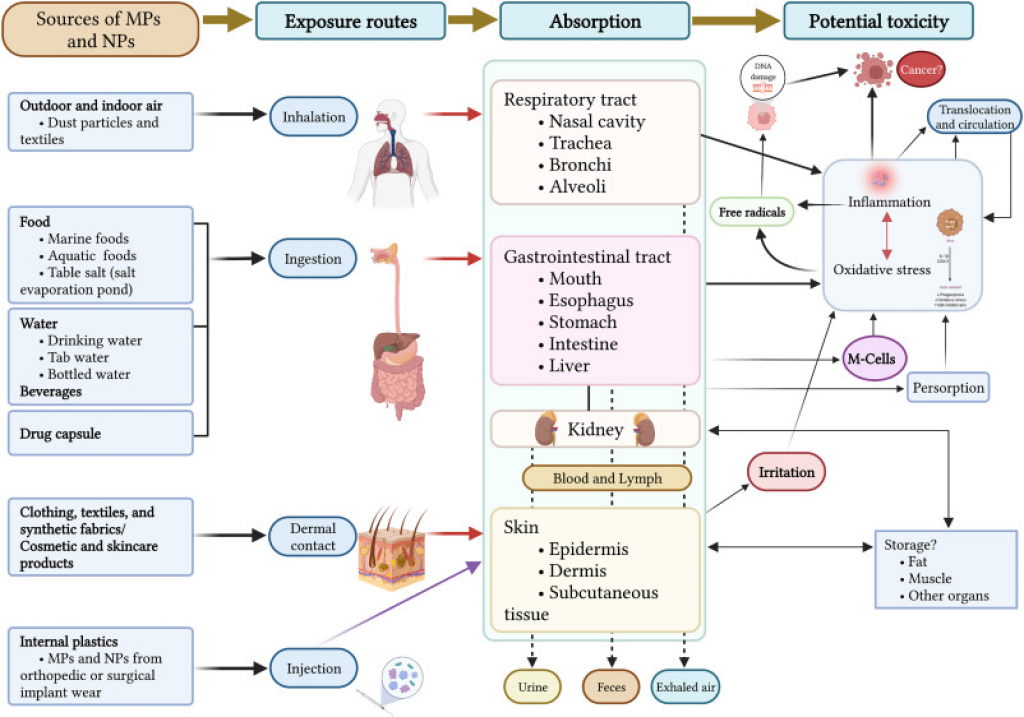
Gastrointestinal and urinary tract system
- Exposure to MPs & NPs via ingestion can lead to their translocation through the gastrointestinal tract, potential accumulation in tissues, and cause oxidative stress and inflammation.
- Furthermore, exposure to microplastics has been associated with immune system dysregulation and metabolic disorders, raising concerns about their long-term health effects.
Respiratory tract system
- Exposure to these particles may worsen respiratory symptoms and contribute to the development of respiratory disorders.
- Additionally, the size and concentration of microplastics can affect the lung cells.
Blood and immune system
- Changes in serum levels and immune cell activity have been observed following exposure to these particles.
Brain and nervous system
- They lead to oxidative stress, cytotoxicity, and changes in neurotransmitter levels, inflammation in brain tissue, raising concerns about their potential role in the development of neurological disorders.
Embryos and placental barrier
- Microplastics can cross the placental barrier and accumulate in foetal tissues, potentially leading to developmental abnormalities and embryotoxicity.
Learn about Plastic Pollution and Plastic Treaty.
{GS3 – IE – Insurance} IRDAI removes Age Bar for Purchasing Health Insurance
- Context (IE): IRDAI has lifted the age ceiling of 65 years for buying a medical insurance policy.
- As per the earlier guidelines, individuals were allowed to purchase a new insurance policy only till the age of 65.
- This is because susceptibility to illnesses increases after a certain age, regardless of how healthy an individual customer may be.
IRDAI’s Recent Directions Related to Health Insurance
- Insurers should create specialised products for different demographics, such as senior citizens, students, children, and maternity.
- The insurers should strive to provide coverage for individuals with all types of pre-existing medical conditions.
- Insurers are also required to offer premium payment in instalments for policyholder’s convenience, and travel policies can only be provided by general and health insurers.
- Furthermore, there is no cap on coverage for AYUSH treatments, including Ayurveda, Yoga, Naturopathy, Unani, Siddha, and Homeopathy.
- Policyholders with benefit-based policies can file multiple claims with various insurers, enhancing flexibility and options.
|
Significance of the New Directions
- It may increase insurance density and insurance penetration in India.
- By 2050, as India’s population above 60 is projected to reach 20%, new guidelines will ensure improved access to quality healthcare services and better facilities for senior citizens.
Insurance Regulatory and Development Authority of India (IRDAI)
Composition
|
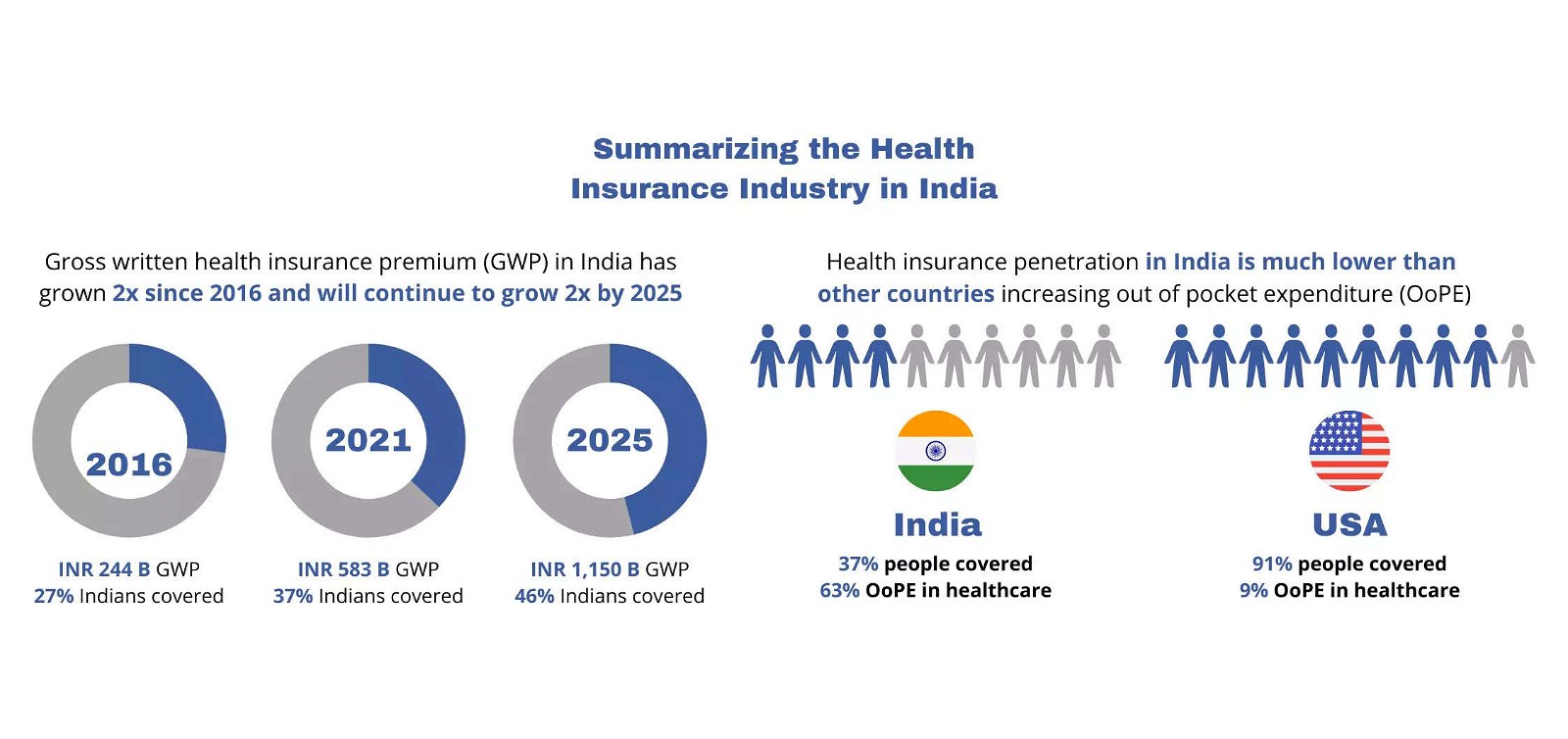
{GS3 – S&T – Defence} Electric Propulsion System for Warships
- Context (IE): India and the UK are discussing an agreement to develop an electric propulsion system.
- Indian warships are currently powered by diesel engines, gas turbines or steam turbines.
- The electric propulsion is meant to power larger warships with a displacement of over 6,000 tonnes.
- It is expected to be a government-to-government agreement, with a collaboration between the UK’s GE Power Conversion and state-owned Bharat Heavy Electricals Ltd (BHEL).
- Both companies will collaborate to develop the ‘Integrated Full Electric Propulsion System’.
- UK Royal Navy’s Queen Elizabeth Class aircraft carriers are integrated full electric propulsion vessels.
Integrated electric propulsion (IEP)
- IEP is a modification of the combined diesel-electric and gas propulsion system for ships.
- IEP eliminates the need for clutches and reduces or eliminates the need for gearboxes by using electrical transmission rather than mechanical transmission of energy.
- Diesel generators or gas turbines can provide electricity to run electric motors.
- The point to note is that the engine is electric, reducing the noise of ships and adding to the green transition of shipping.
- Now, steps are towards making it wholly electric.
{GS3 – S&T – Defence} India’s Aircraft Carriers
- Context (TH): The Indian Navy’s two aircraft carriers demonstrated twin carrier operations.
- India currently operates two aircraft carriers: the Russian-made INS Vikramaditya and the INS Vikrant.
History of Aircraft Carriers in IndiaINS Vikrant (R11)
INS Viraat
INS Vikramaditya
INS Vikrant (IAC-1)
IAC-II
|
About INS Vikrant (IAC-1)
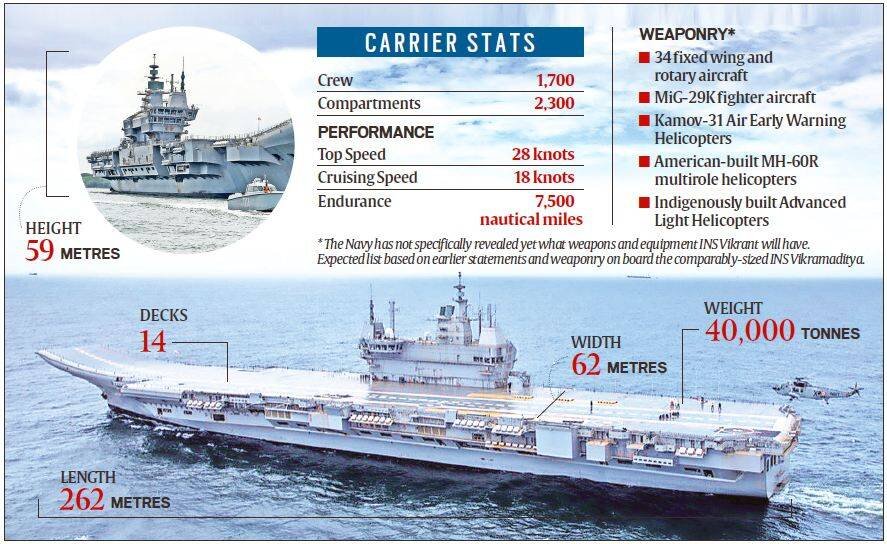
- INS Vikrant, one of the carriers, is indigenously designed and constructed.
- It has a total area exceeding 12,450 m2, equivalent to about two and a half hockey fields.
- Built at a cost of around ₹20,000 crore, it boasts 76% indigenous content.
- Vikrant can accommodate an air wing of 30 aircraft, including MiG-29K fighter jets, Kamov-31, MH-60R multi-role helicopters, and indigenous Advanced Light Helicopters and Light Combat Aircraft (Navy).
- It employs the STOBAR (Short Take-Off but Arrested Recovery) method for launching and recovering aircraft.
{Prelims – Envi – Species} Chakisaurus nekul
- Context (TH): Palaeontologists from Argentina announced the discovery of a new medium-sized herbivorous dinosaur, Chakisaurus nekul.
- The dinosaur’s name derives from Chaki, which means “old guanaco,” a reference to a medium-sized herbivore mammal found in the region, and Nekul, which means “fast” or “agile.”
- The animal, named Chakisaurus nekul, was found in the Pueblo Blanco Natural Reserve, in the southern province of Río Negro, an area rich in fossils where many mammals, turtles, and fish have been found along with other species of dinosaur.
- It was a bipedal herbivore with a tail, unlike other dinosaurs, which had a horizontal and downward curvature.
- It was a fast runner and lived about 90 million years ago in the Late Cretaceous period in present day Patagonia.
{Prelims – In News} Akhal-Teke Horses
- Context (DTE): Turkmenistan will hold a beauty contest for Akhal-Teke horses.
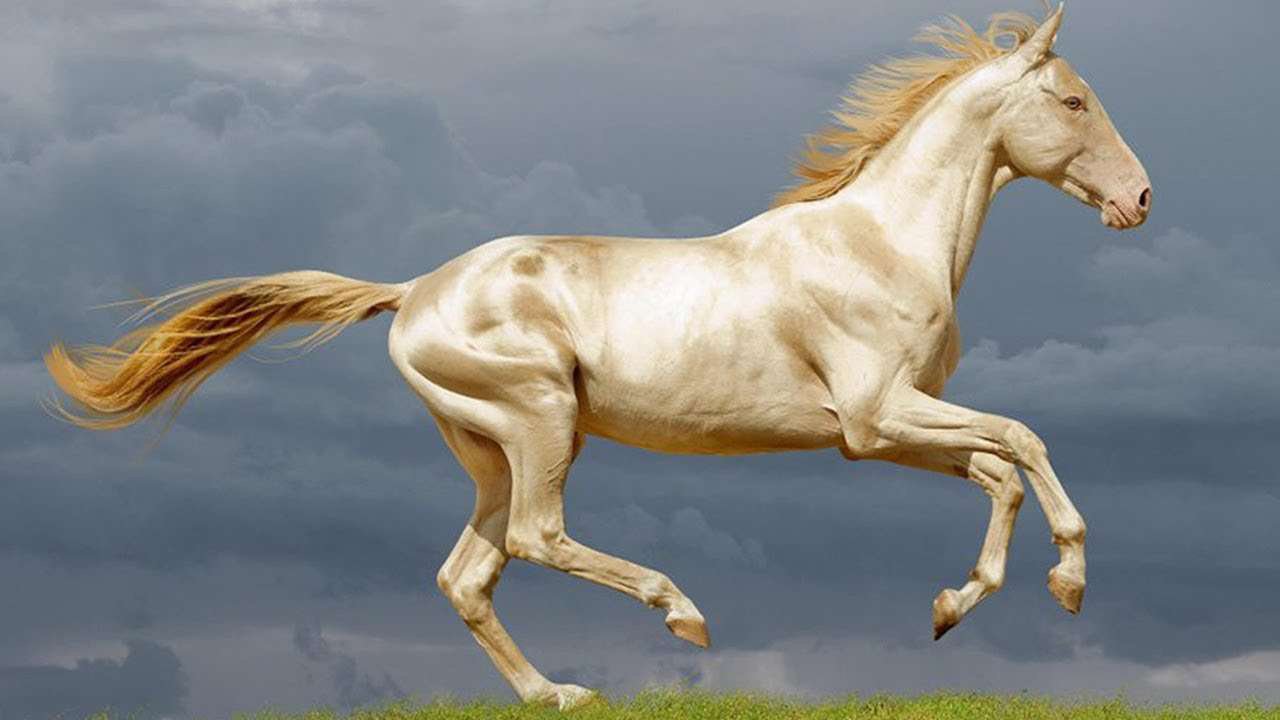
- The Akhal-Teke, known as Golden Horses, is a breed of horse found in modern Turkmenistan.
- Originating from the Karakum desert in Turkmenistan, the breed is believed to have ancestral ties to Arabian horses.
- Characterized by their large size, intelligence, agility, strength and shiny coat, Akhal-Teke are hardy and can manage without food and water for long stretches of time.
- It holds the status of the national animal of Turkmenistan.
{Prelims – In News} Bambi Bucket
- Context (IE): Indian Air Force’s MI 17 V5 helicopter used ‘Bambi Bucket’ to extinguish the raging forest fires in Nainital, Uttarakhand.
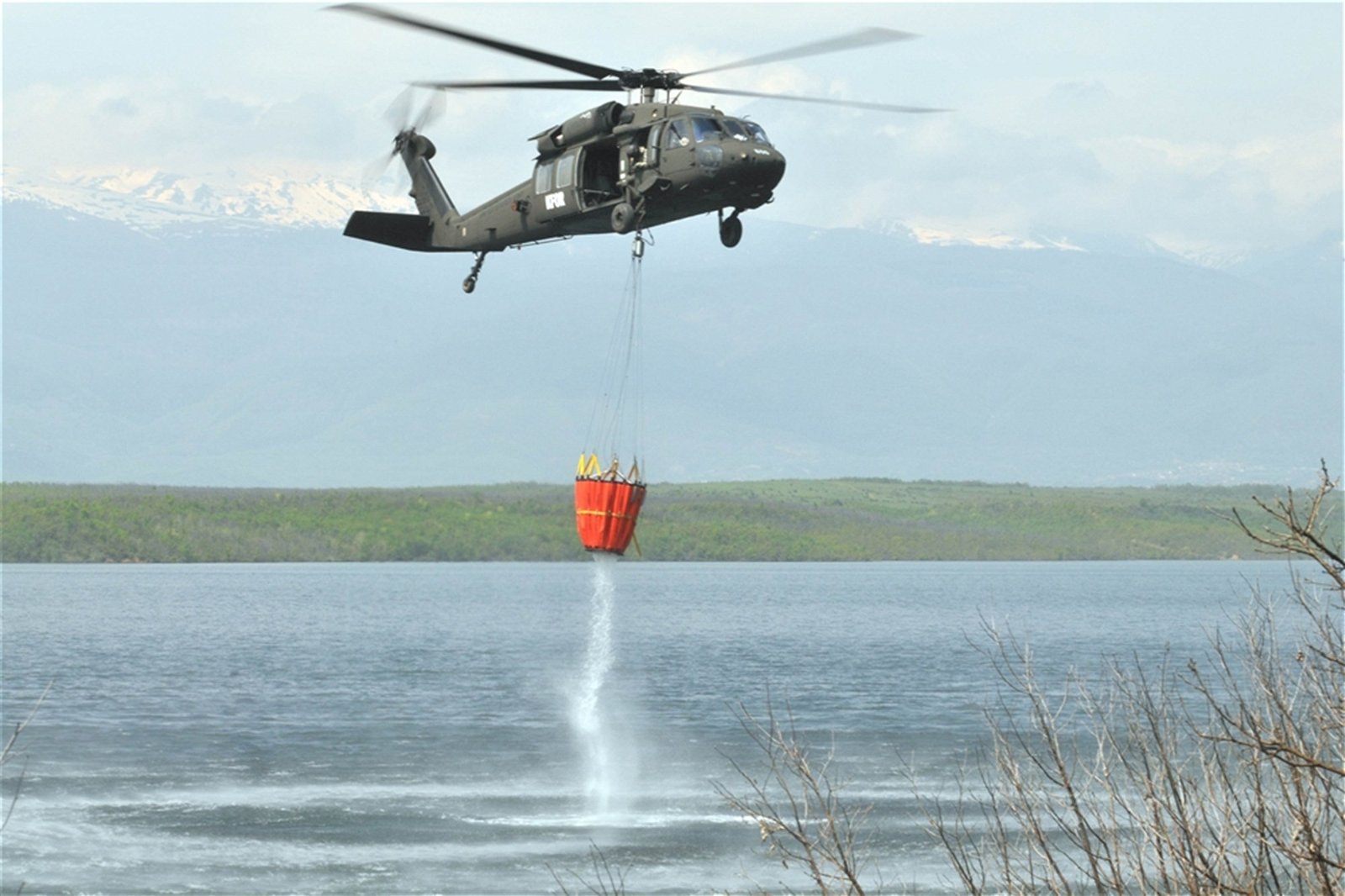
- Bambi Bucket is a specialised aerial firefighting tool that has been in use since the 1980s. It was invented by Don Arney, a Canadian business, in 1982.
- It is essentially a lightweight, collapsible container that releases water from underneath a helicopter to targeted areas using a pilot-controlled valve.
- The bucket can be filled from various sources, including lakes and swimming pools, which allows firefighters to refill it swiftly and return to the target area.
- Capacity: 270 litres to more than 9,840 litres.
Issues with previous buckets
- The earlier water buckets were made of “solid fibreglass, plastic, or canvas with metal frames” and were “too rigid to fit inside the aircraft” and had to be “trucked to fire sites or flown in on the hook of a helicopter thereby slowing the aircraft down.”
- Another issue was that the water dropped from these containers was used to be dispersed into a spray, thereby reducing impact.
How did Bambi Jacket overcome these limitations?
- The water can be stored within the helicopter until development.
- Further, it discharges a solid column of water, “resulting in a more accurate and effective water dump, less evaporation on the descent, and greater impact force.”
- Today, Bambi Bucket is used by more than 1,000 helicopter operators in more than 115 countries worldwide.
{Prelims – In News} Presence of Salmonella in India’s food exports
- Context (IE): United States customs authorities rejected 31% of spice-related shipments from MDH Pvt Ltd due to salmonella contamination. This refusal rate has doubled from the previous year’s 15%.
- A study by the US Department of Agriculture found that between 2002 and 2019, India had the most pathogen-related violations among food imports, with a share of 22.9%.
- Recently, Singapore and Hong Kong halted sales of certain MDH and Everest Food Products Pvt Ltd products due to the alleged detection of a carcinogenic pesticide, ethylene oxide.
- In response, the Food Safety and Standards Authority of India (FSSAI) has initiated country-wide quality checks for different brands of powdered spices.
About Salmonella
- Salmonella bacteria live in the intestines of birds, animals, and humans. It can cause cause diarrheal illness, abdominal cramps, fever, and vomiting.
Salmonella contamination
- Salmonella contamination occurs due to unhygienic practices throughout the value chain.
- Salmonella contamination can lead to severe stomach infections if food is not cooked properly.
- Most infections in humans develop after eating food or drinking water contaminated by faeces.
{Prelims – S&T – Defence} Hangor-class Submarines
- Context (TH): China launched the first of eight Hangor–class submarines built for Pakistan.
- Under the defence agreement between Pakistan & China, China will provide Pakistan with eight advanced submarines.
- Wuchang Shipbuilding Industry Group (WSIG) will construct four submarines, while Karachi Shipyard & Engineering Works (KS&EW) will build the other four using Transfer of Technology.
- The submarine possesses advanced stealth features and is fitted with state-of-the-art weapons and sensors to operate under a multi-threat environment and can engage targets at stand-off ranges.
- Last year, the Pakistan Navy inducted two newly built Chinese Type 054 A/P frigates.






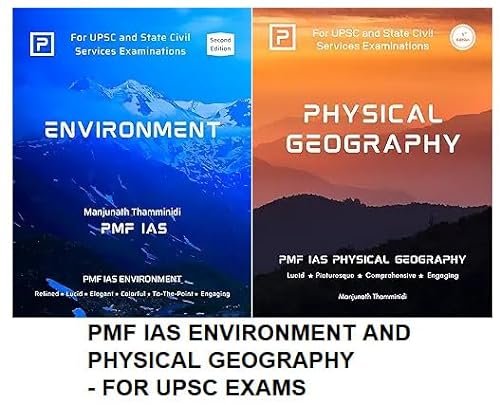
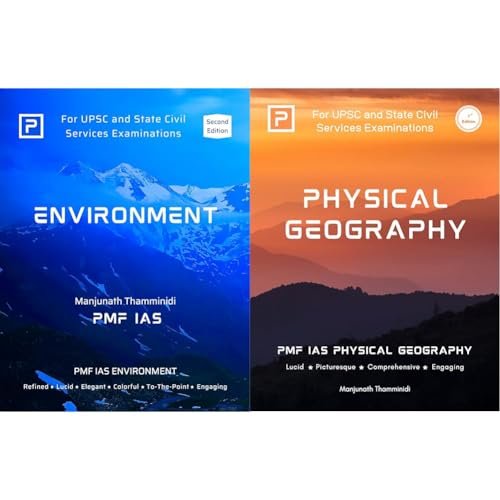
![PMF IAS Environment for UPSC 2022-23 [paperback] PMF IAS [Nov 30, 2021]…](https://pmfias.b-cdn.net/wp-content/uploads/2024/04/pmfiasenvironmentforupsc2022-23paperbackpmfiasnov302021.jpg)

